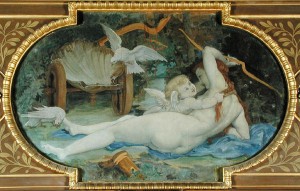 Our most sacred holiday of the year, communicating with ancestors, acknowledging our many gifts, recognizing other worlds. Truly we are blessed.
Our most sacred holiday of the year, communicating with ancestors, acknowledging our many gifts, recognizing other worlds. Truly we are blessed.
Month: October 2012
Aine at Summer’s End
October 26, 2012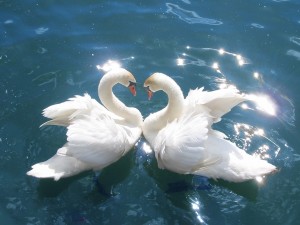
Matthews, Caitlin and John Matthews. The Encyclopedia of Celtic Wisdom. Shaftesbury, UK: Element Books, 1994.Matthews, John and Caitlin Matthews. The Encyclopedia of Celtic Myth and Legend. Guilford, CT: Lyons Press, 2004.Monaghan, Patricia. The Encyclopedia of Celtic Mythology and Folklore. New York: Checkmark Books, 2008.
Neith and the Acacia Tree
October 20, 2012
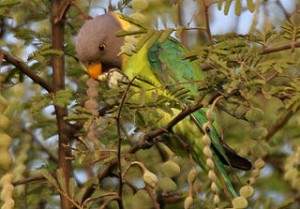
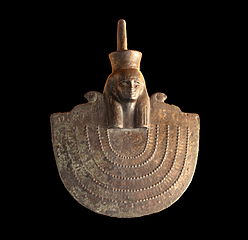
In historical times Neith gained prominence as her city Sais rose in influence during the seventh century BCE, but Neith was probably worshiped in Lower Egypt long before dynasties or agriculture, when people still hunted for food. The crossed arrows on her crown probably originated as a hunting emblem, and may also relate to the defensive stinger of the bee and the defensive thorns on the acacia. Primarily Neith is a goddess of sustenance, engaged in the perpetual creation of life. Out of just one tree she created incense, perfume, wood for implements, seedpods for cattle, pigment binder for ink and paint, materials for embalming and food for bees, not to mention welcome shade in a hot dry climate.SourcesBarrett, Clive. The Egyptian Gods and Goddesses: The mythology and beliefs of ancient Egypt. London: Diamond Books, 1996.Clark, R.T. Rundle. Myth and Symbol in Ancient Egypt. London: Thames and Hudson, 1959.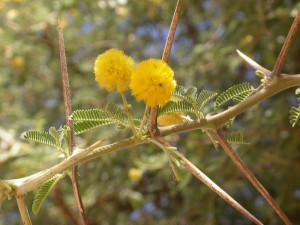
Review ~ Grandmother Moon: Lunar Magic in Our Lives, by Zsuzsanna E. Budapest
October 12, 2012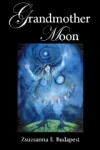 Grandmother Moon recently became available again through Amazon Createspace. The book is a collection of goddess lore based on the lunar calendar, a wheel corresponding to the zodiac sign for each lunation. There are thirteen sections or “lunations,” each starting with basic information about the moon followed by a contemplation about a goddess associated with this moon energy. There is information about the emotional side of the moon, auspicious activities, a few spells, and descriptions of lunar holidays. The lunar holidays are usually not European but Middle Eastern, Chinese, East Indian, Native American or Mesoamerican. Z explains, “This was my intention because these cultures have preserved their lunar calendars to this day.”Looking at the section for the upcoming new moon in Libra, October 13–15, Grandmother Moon categorizes it as the “Blood Moon.” Its herb is oatstraw and its animal is the cat. The goddess is the Egyptian overseer of truth and justice, Maat — not surprising since the symbol for Libra is the scale. This is a good time to fall in love and to decorate the home, and the energies of pleasure dominate. In keeping with this, Z offers a spell for physical pleasure. The festivals for this moon highlight the difficulties of incorporating an array of lunar calendars in a solar framework. The Jewish festival of Rosh Hashanah occurred at the last new moon and the Hindu festival of Diwali will occur next month. The full moon festivals occurred the end of September. We’ll have to look ahead to the Mourning Moon on October 29th and the festival of Oschophoria, when the full moon in Taurus will celebrate the ecstatic Greek God of the grapes, Dionysus. Sounds like a wonderful time for a party.Grandmother Moon is easy to pick up and put away, skim through and read out of order. It seems tailor-made for busy schedules and short attention spans. It has an index, which is helpful. The rituals, which appropriately focus on the emotions, can be done solo. It’s a great book for developing an understanding of moon energies.
Grandmother Moon recently became available again through Amazon Createspace. The book is a collection of goddess lore based on the lunar calendar, a wheel corresponding to the zodiac sign for each lunation. There are thirteen sections or “lunations,” each starting with basic information about the moon followed by a contemplation about a goddess associated with this moon energy. There is information about the emotional side of the moon, auspicious activities, a few spells, and descriptions of lunar holidays. The lunar holidays are usually not European but Middle Eastern, Chinese, East Indian, Native American or Mesoamerican. Z explains, “This was my intention because these cultures have preserved their lunar calendars to this day.”Looking at the section for the upcoming new moon in Libra, October 13–15, Grandmother Moon categorizes it as the “Blood Moon.” Its herb is oatstraw and its animal is the cat. The goddess is the Egyptian overseer of truth and justice, Maat — not surprising since the symbol for Libra is the scale. This is a good time to fall in love and to decorate the home, and the energies of pleasure dominate. In keeping with this, Z offers a spell for physical pleasure. The festivals for this moon highlight the difficulties of incorporating an array of lunar calendars in a solar framework. The Jewish festival of Rosh Hashanah occurred at the last new moon and the Hindu festival of Diwali will occur next month. The full moon festivals occurred the end of September. We’ll have to look ahead to the Mourning Moon on October 29th and the festival of Oschophoria, when the full moon in Taurus will celebrate the ecstatic Greek God of the grapes, Dionysus. Sounds like a wonderful time for a party.Grandmother Moon is easy to pick up and put away, skim through and read out of order. It seems tailor-made for busy schedules and short attention spans. It has an index, which is helpful. The rituals, which appropriately focus on the emotions, can be done solo. It’s a great book for developing an understanding of moon energies.
Moving & Changing: A Tree Collage
October 4, 2012The Hard Side of Aphrodite
October 4, 2012